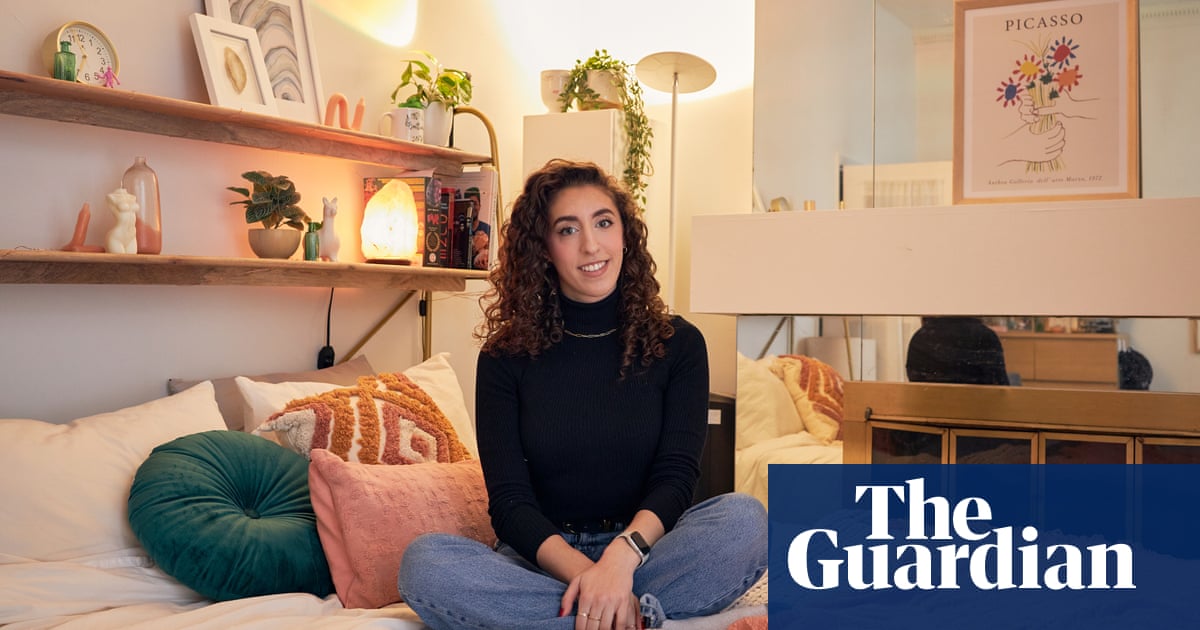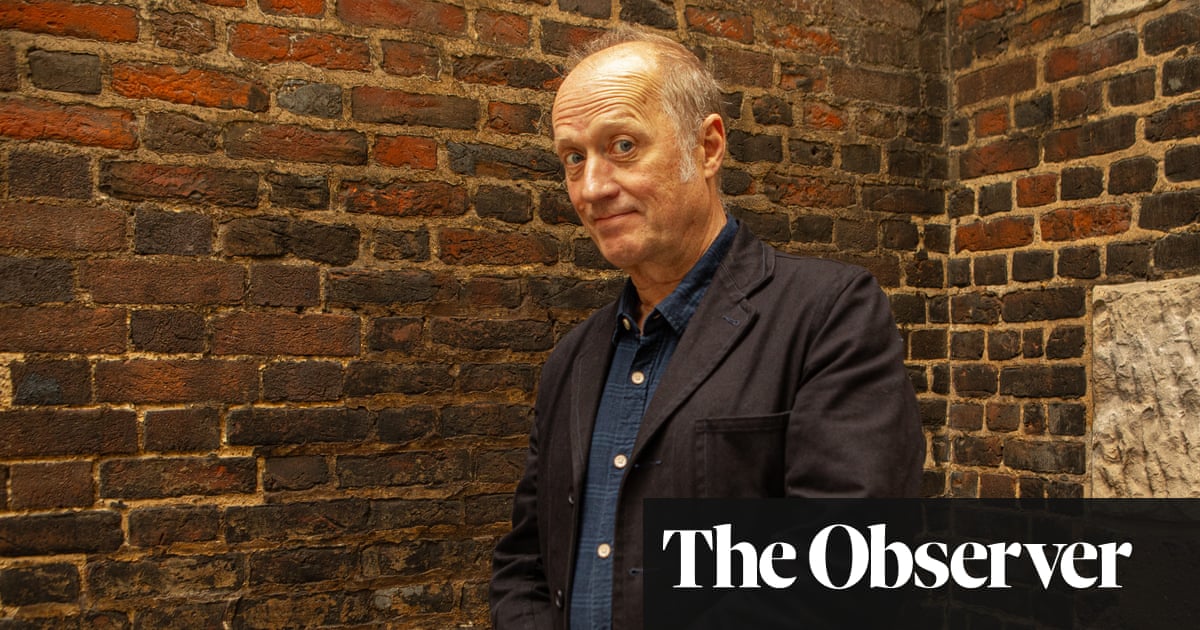
My husband, Keith, and I own 8,450 teapots. It all began in 1983, a couple of years after we married. We were young and setting up a home in Kent. We had a glass display cabinet in our kitchen – we tried putting our pantry stuff in it, but it looked a bit tacky, filled with cans of baked beans.
My nan offered us a teapot instead. It was a blue and brown one, hand-painted with yellow flowers. We liked it. Then my aunt offered us a teapot from her wedding set. It was one of her most prized possessions, the kind of item that gets used only on Christmas Day. We gladly accepted.
For the first couple of years, we collected traditional teapots. My first novelty pot was a Cardew Royal Albert. But it wasn’t until we went on holiday to Devon that we realised we were obsessed. We saw a leaflet in our B&B for a teapot factory. Keith said, “We have to go!” We’ve bought every teapot the owner has designed.
Over the next 20 years, we collected 3,800 teapots. We used to travel the country – antique and bric-a-brac fairs, jumble sales, car boot sales, you name it. If friends found an unusual one, they’d get in touch. When our son, Luke, got married in Barbados, a local craftsman was selling them in the foyer. We had to buy one.
As the collection grew, we were still living in a four-bedroom house in Sidcup. We had a garage full, and they were hanging from the beams in the kitchen – with more in the attic. A TV crew came to film an episode about collectors. Liza Goddard presented the programme. She said, “You shouldn’t keep these teapots hidden away, you should let the public see them.”
She planted the seed for us to open a museum, and in 2003 we moved our collection to Yalding, near Maidstone. Teapot Island was born. Since then, we’ve added thousands of teapots, with thousands more in storage and for sale. Our aim is to have one of everything. There are no duplicates. We’ve entered the Guinness World Records twice, but the record was taken from us by a man in China who is said to have 30,000 teapots.
We have spent well over a quarter of a million pounds on our collection. But to us, it is priceless. Who can say what all of them together are worth? We have them insured, but it can’t come close to the real figure. If I want to get my hands on a teapot I don’t have, I often ask someone else to bid on my behalf in auctions, because if people work out that I want one really badly, they know it’s rare and are even more keen to get it.
Most of our collection are novelty teapots. We have all sorts – rude ones, celebrity-themed ones and special designs. Everybody who goes round the museum is wowed. Even people who don’t think they’ll fancy it are laughing by the end. We have coach parties of pensioners, and you can always hear them giggling when they get to the rude ones.
In 2014, Prince Charles and Camilla came to see us. We made sure they didn’t see the one that depicted them, where she’s shown as his “pipe dream”. The handle is shaped like a smoking pipe, he’s looking up at her, and she’s wearing a crown – the idea being that he hopes she will one day become queen. We didn’t want them to be offended. But Camilla wanted to buy a camel teapot, as “camel” sounds like Camilla. Charles came through and said, “Are you haggling?”
We love tea, of course. We drink a lot. You can’t beat a cup of tea made in a teapot. But over the years we’ve seen the demise of the teapot industry. We now have our own on-site teapot designer, Gary Seymour. Teapots used to be in the top 10 of things people collected. Number one was stamps. How boring is that?
Luke has grown up with teapots; we have dragged him around everywhere. We hope he’ll keep the collection going. People come from all over the world to visit Teapot Island.
What would our lives have looked like if we hadn’t been given that first teapot 40 years ago? We wouldn’t have had our museum or met the future king. But because of our collection, we’ve had new experiences and made people happy. We must be mad to have dedicated our lives to teapots, but what else is there?
As told to Sophie Haydock












